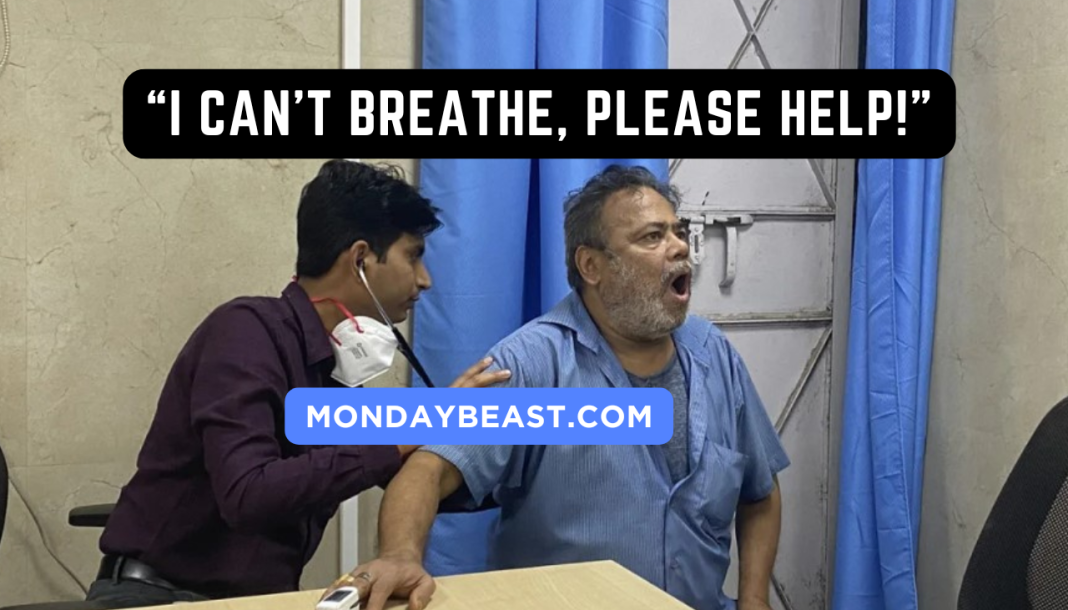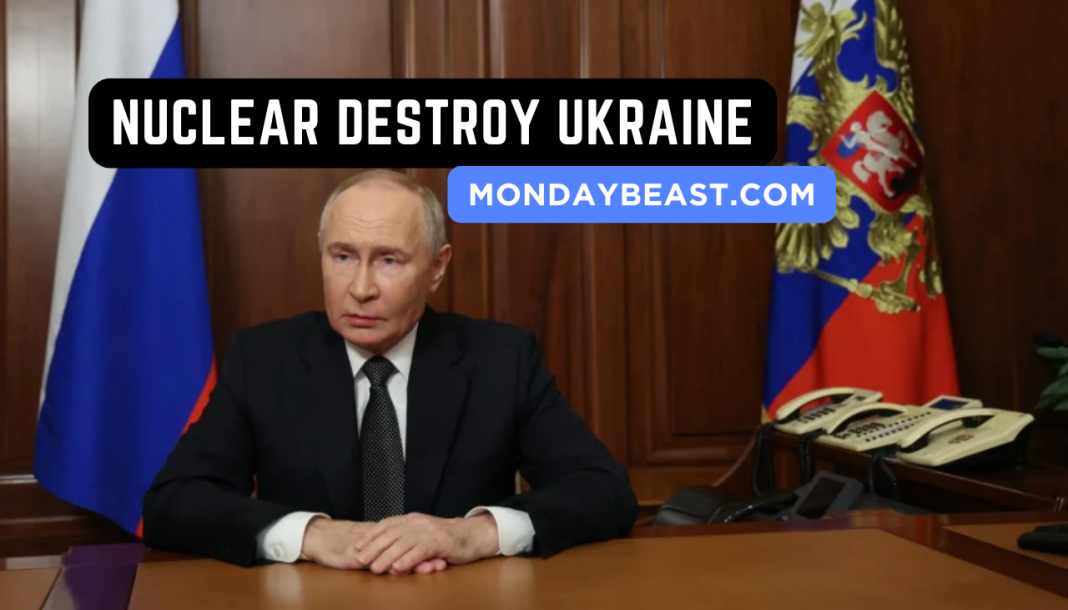Given your concerns about air quality and health issues, have you ever thought about how pollution impacts daily lives? In Delhi, many residents are trapped in a cycle of health struggles that worsen with each passing day, leaving them gasping for relief. This article explores the harsh reality for those affected by toxic pollution, exposing their stories and the urgent need for change.
Inside Delhi’s first specialized pollution clinic, patients like Deepak Rajak confront an air quality nightmare. The once-vibrant city now bears the weight of hazardous air that turns daylight into a smog-filled haze. As citizens navigate life in this suffocating environment, each breath becomes a struggle.
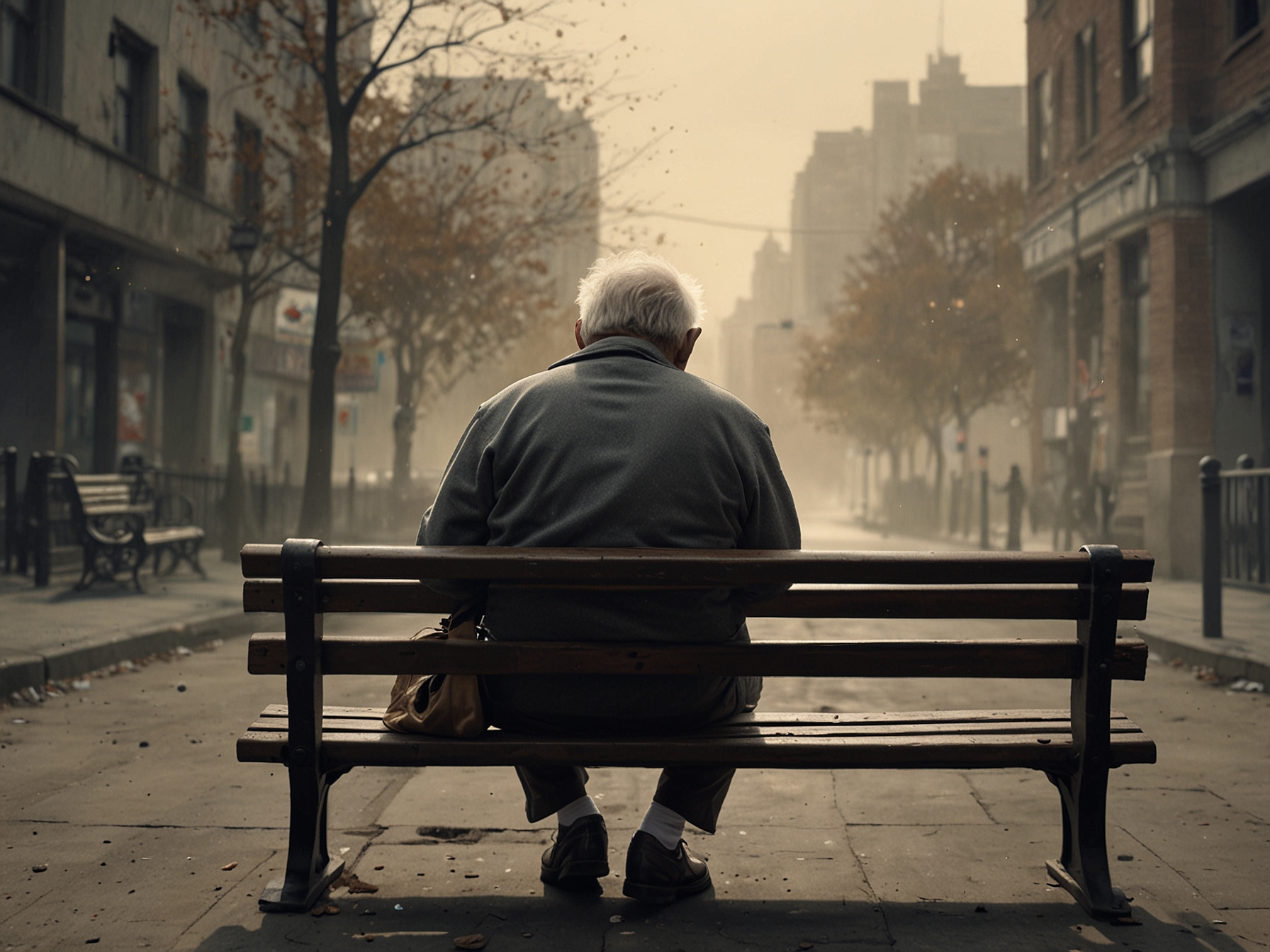
For Rajak, a 64-year-old asthma sufferer, recent days have been unbearable. “It’s impossible to breathe. I just came by bus, and I felt suffocating,” he shares, exhaustion painted across his face. The Ram Manohar Lohiya hospital stands as a sanctuary of sorts for those battling worsening respiratory illnesses. This clinic was established last year amidst a growing crisis.
Why has it taken so long for such a facility to appear? As toxic smog envelops Delhi, police sirens and loud horns punctuate the struggle for survival. The environment has become so dire that Chief Minister Atishi declared a medical emergency, yet how much does this truly change for those who cannot stay home?
Rajak’s daughter, Kajal, watches her father deteriorate. Every trip outside their home exposes him to a treacherous atmosphere. “By evening, it feels like I am lifeless,” he says, a sentiment echoed in the faces of countless others.
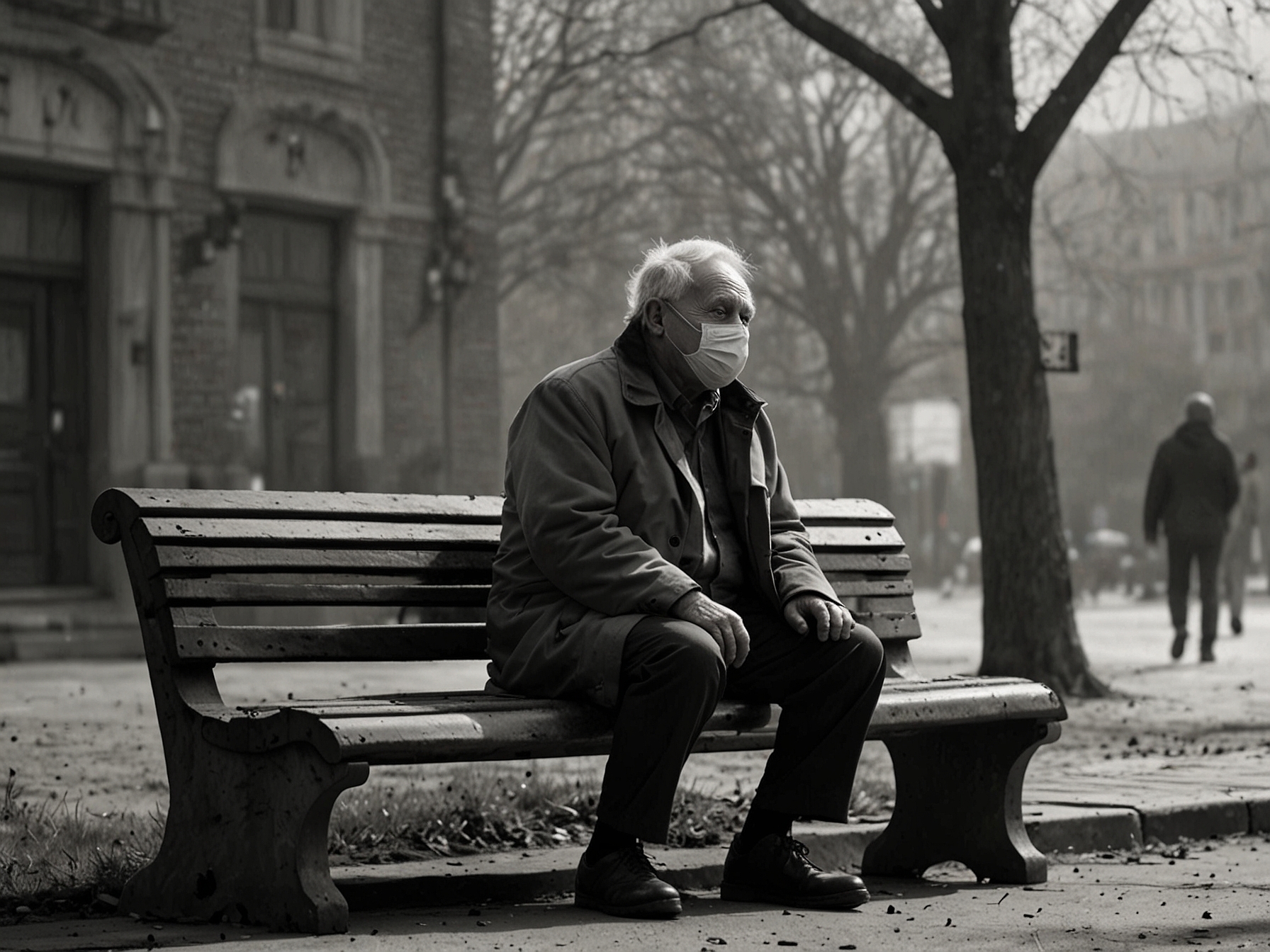
Without financial support from the dry-cleaning job, Rajak faces an impossible choice: endanger his health or risk his family’s livelihood. What choice is fair when both options lead to pain? Pollution levels have reached staggering heights; readings above 1,750 on the Air Quality Index showcase the crisis.
The air is filled with PM2.5 particles—over 77 times higher than what health organizations deem safe. As these dangerous pollutants invade lung tissue, individuals grapple with lasting repercussions, from chronic coughs to significant health risks. Are the residents of Delhi, one of the largest cities in the world, merely statistics in a growing crisis?
The emotional toll weighs heavily on people like Mohammad Ibrahim, a local auto driver, who described burning eyes as ‘like chili in my eyes.’ Each day spent driving enmeshed in toxic smog transforms him into a walking health risk. How do you provide for your family while feeling suffocated by the very air you depend on?
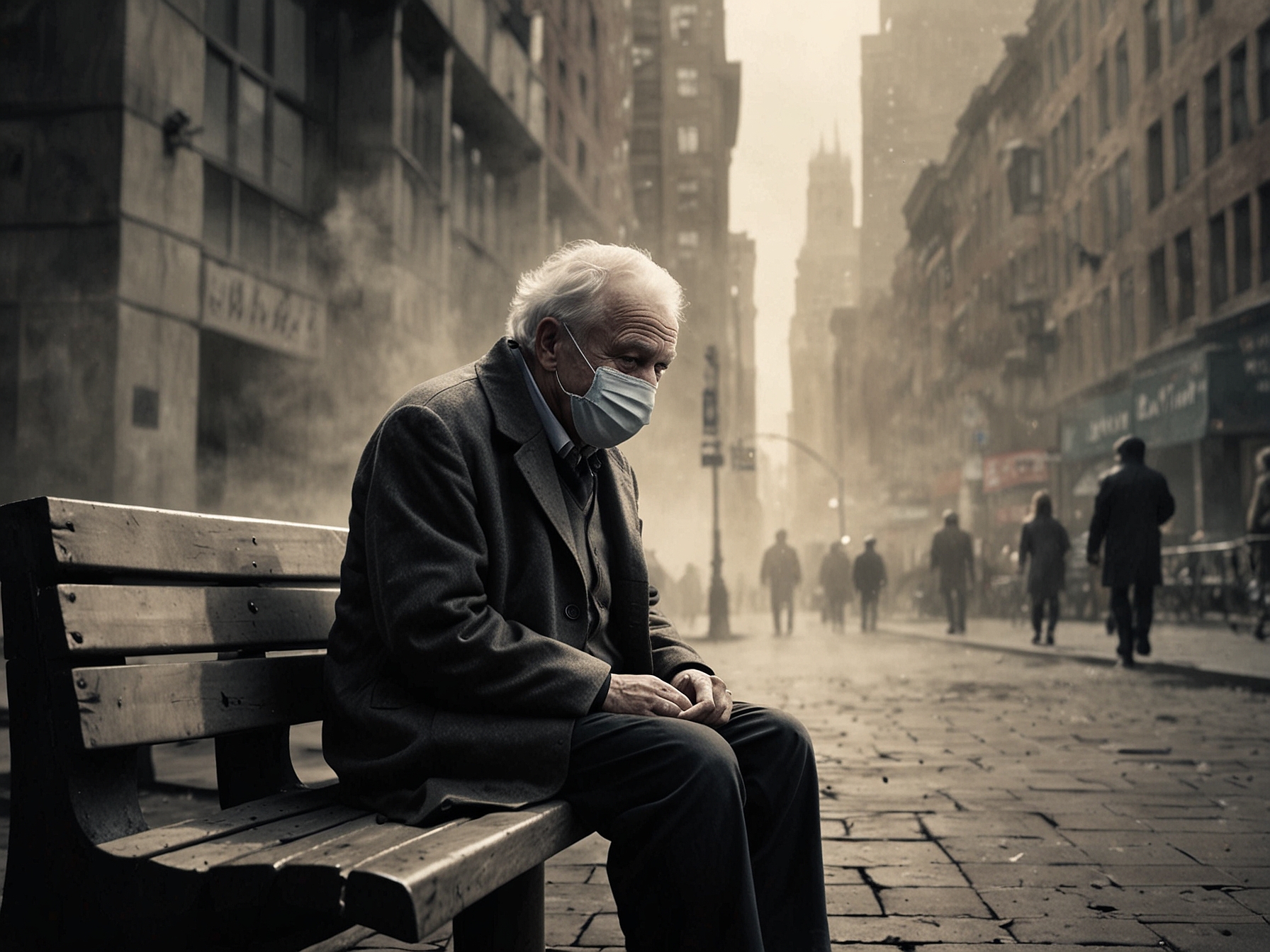
For Ibrahim, the solution seems just beyond reach. “To stop isn’t an option. I am a poor man,” he states bluntly. Aditya Kumar Shukla, a retired Air Force member, expresses a similar frustration. “Even inside the house, pollution goes inside,” he says.
Can one ever feel safe when the air quality deteriorates both outdoors and indoors? It’s not just physical health at stake, but also mental well-being. Shukla, once strong and independent, has been hospitalized multiple times due to the toxic air.
Would he flee from his home city if he had the means to do so? Health professionals are on the front lines of this crisis. Dr. Amit Jindal notes the increasing emergency cases fueled by rising pollution levels.
“This smog is not just weather; it’s a health epidemic.” With more patients developing chronic obstructive pulmonary disease and other serious conditions, the helplessness is palpable. How can society, especially a government, allow these circumstances to persist?
Delhi fights against air pollution not just seasonally but for decades. On windy days, smog lingers from agricultural fires, coal plants, and busy highways, creating a lethal combination for city residents. Efforts such as halting truck movement or watering streets come too late.
Each year, such measures may seem beneficial, but when will real changes be implemented? The National Clean Air Program was a hopeful initiative introduced in 2019, yet many question its effectiveness amidst ongoing challenges. Are government officials focusing enough on long-term, sustainable solutions?
Analysts argue that temporary fixes merely mask a growing issue, failing to address the core causes of air pollution in the city. “We need systematic actions,” environmental analyst Sunil Dahiya urges.
In the clinic, Kajal remains resolute. “The government needs to do something,” she states firmly. What solutions await those like her father, battling to find air amid a choking haze?
Each life lost or diminished adds weight to an urgent call for action. In this city of millions, a collective cry for help emerges from the smog, a testimony to the dire need for change in a battle that feels insurmountable.

